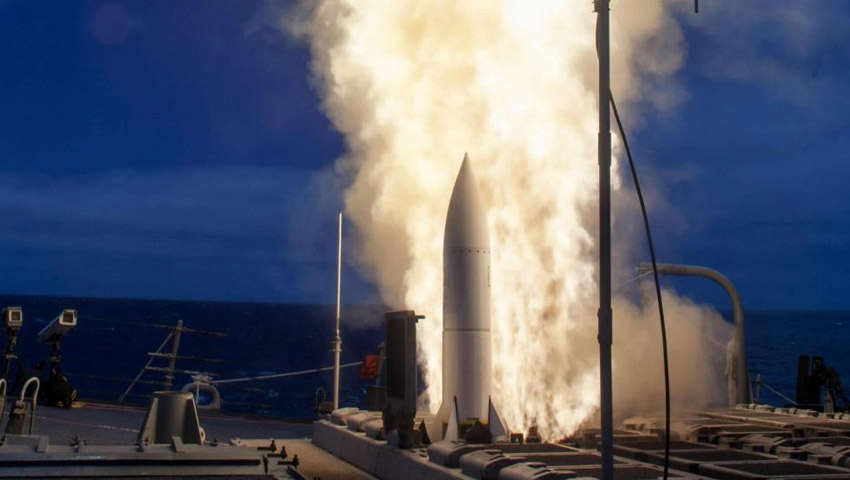Royal Australian Navy vessels are set to be fitted with new advanced anti-ship missiles as part of a $1 billion investment announced by Defence Minister Linda Reynolds.
The Commonwealth Government has committed to investing $1 billion in the early development of long-range anti-ship missiles, extended range surface-to-air missiles, advanced lightweight torpedoes and land strike capabilities, in a bid to bolster the naval fleet’s defences amid growing regional instability.
The nation’s current and future submarine and surface fleets are set to be fitted with anti-ship and surface-to-air missiles with a range of approximately 370 kilometres, and maritime land strike missiles with a range of approximately 1,500 kilometres.
“These new capabilities will provide a strong, credible deterrent that will ensure stability and security in the region,” Minister for Defence Linda Reynolds said.
“The planned acquisitions – when aligned with the ongoing state-of-the-art combat system development and National shipbuilding programs – represent an investment of up to $24 billion, which will build a lethal and highly responsive Navy for decades to come."
Minister Reynolds added that as part of the project, Defence would also seek opportunities to "broaden Australia’s weapons manufacturing base", which she said would help reinforce the government's long-term commitment to Australian industry and delivering sovereign industrial capabilities.
"This investment is part of the Morrison government's $183 billion Naval shipbuilding plan, which will see up to 23 classes of vessels built here in Australia, creating thousands of jobs and significant opportunities for Australian industry," Minister Reynolds said.
Defence also noted that as part of SEA 1300, it would continue its long-term investment and key contribution to the Evolved SEASPARROW Block 2 missile program, and commence investment in developing the Standard Missile 2 Block IIIC and the Standard Missile 6 Block 1, to meet Australia’s surface-to-air missile capability requirements.
This latest announcement comes just months after Defence confirmed it would conduct joint development and testing of hypersonic cruise missile prototypes in conjunction with the US, ahead of the rapid introduction to service.
The collaborative agreement will take place under the Southern Cross Integrated Flight Research Experiment (SCIFiRE) to support co-operative flight testing of full-sized prototype hypersonic missiles.
[Related: Australia commits to rapid testing of prototype hypersonic strike capability]









